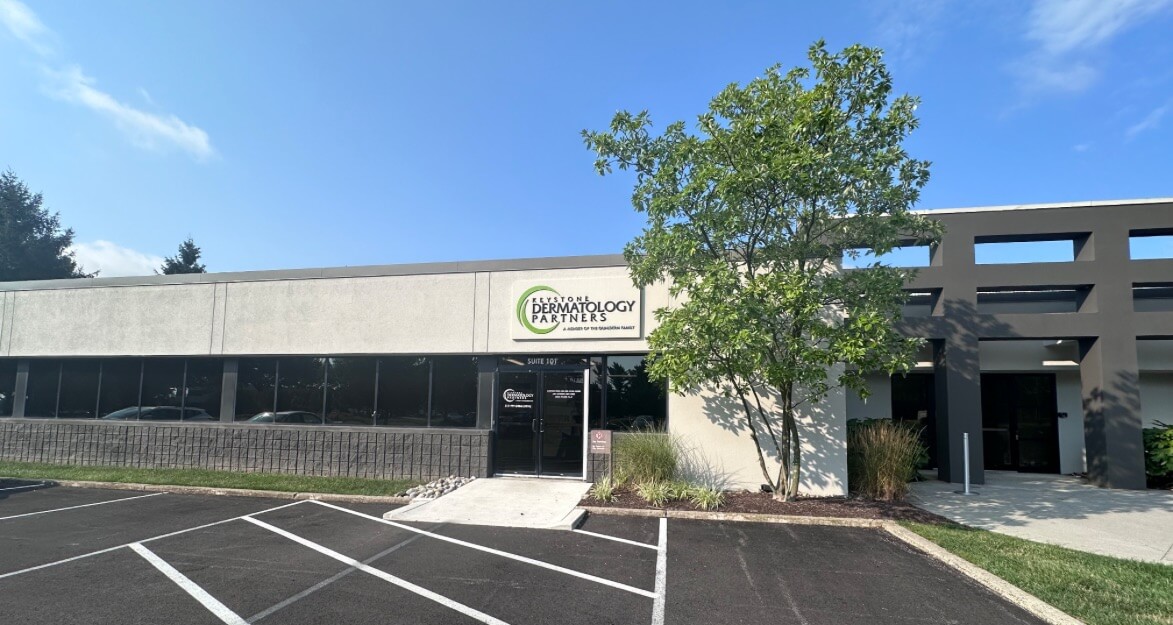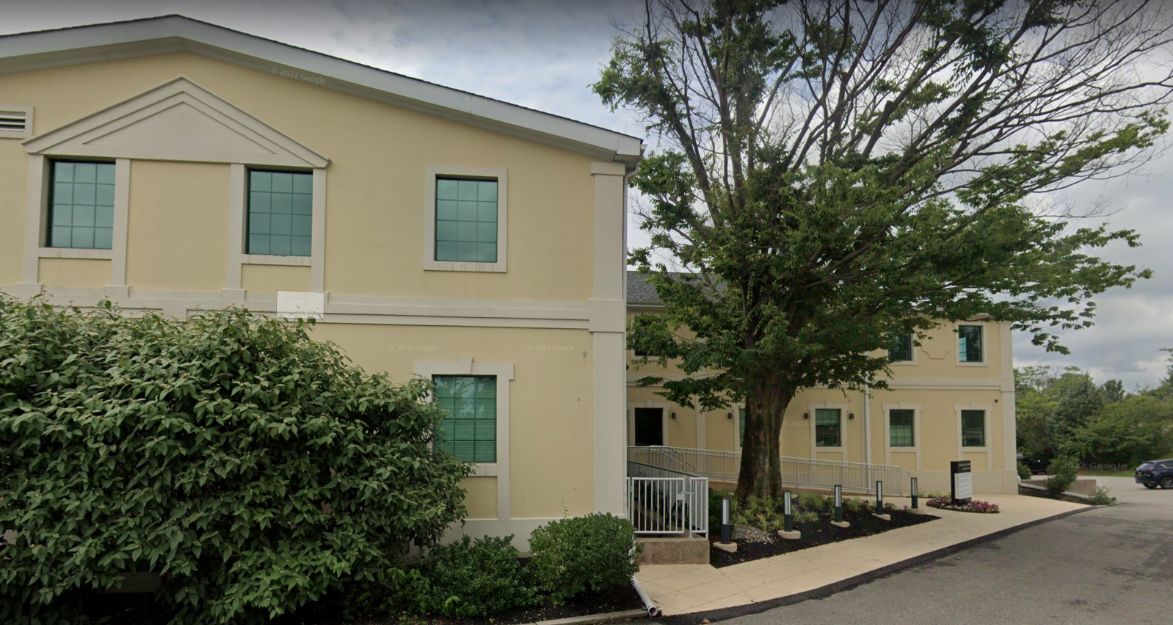-
Please enter a 5 digit zipcodeNo results...
- Providers
- Locations
-
Conditions
Skin Cancer
Common Dermatological Conditions
- Acne
- Actinic Keratosis
- Age Spots
- Dry Skin
- Eczema
- Melasma
- Moles
- Molluscum
- Psoriasis
- Rashes
- Rosacea
- Seborrheic Keratosis
-
Patient Resources



